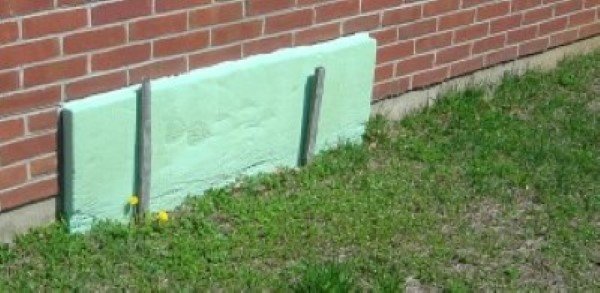What do you do when the “fresh” air is full of smoke? It’s not as simple as you might think, and the national news is only part of the picture.
The Canadian wildfires have been burning for weeks, in various parts of the country. The earlier fires in Alberta sent smoke thousands of miles to the Northeast. Smoke from the current fires has a much shorter path, caught in a circular Nor’easter wind pattern of counter-clockwise flow, and is affecting millions of people.
Here is the aerosol (fine particle) smoke pattern for 3 pm, June 8th, as shown on the excellent site windy.com. (Our location is shown with the dot, currently getting good (blue) air.)
In various cities, the smoke this week resulted in air quality warnings, and cancellations of school days, Broadway shows, and major league sports including baseball. (When they cancel sports, you know it’s serious!)
Outside
If you have to spend some time outside, the standard advice to wear a good mask is correct—N95 or KN95, or of course our HEPA mask is even better (See Sept. 2nd, 2022 blog post). You have saved your covid masks, right? Some states know better, and are providing hundreds of thousands of masks to residents.
Note that the authorities this time made it clear that’s it’s only real masks, N95 or equivalent, that do any good—NOT leaky cloth or surgical masks. (Hmmm, but they told us surgical masks were supposed to work for covid?)
Inside
The standard advice has been: stay inside. But then what? We still need to breathe.
And if you stay inside and don’t have any outside air, then whatever covid-19 virus is present will be easily spread. It’s hard to know how much virus is in your community since there is very little reliable monitoring any more (see May 25, 2023 blog post), but if you are inside with more than 100 people, then there is a good chance the virus is there, too.
In our office, we have a residential-style fresh air system, which means, crack open the windows. We know what is the right amount of fresh air because of our Safetulator Fresh Air Meter. (The “right amount” is for covid safety and also to let our brains function well, as described in the Oct. 14th, 2022 blog post.)
On the worst air quality day this week, after a couple of hours of slightly open windows, we noticed grit and dust on our desks and keyboards. So we closed the windows, but soon the meter told us we were in the yellow zone.
Solution? To re-open a window, but this time with air filters. We have indoor air purifiers with HEPA filters, so we have spare filters on hand. We fitted these into the window, and got purified air that put us back in the green zone, and gave us clean air that we noticed right away even smelled better.
Commercial buildings have, or should have, good air filters in their ventilation systems. Especially schools—so for buildings where they know their systems are working well, the best thing for the students would be to keep them there!
If your building has a ventilation system, you should by now have MERV-13 filters—the higher the number, the better the air filtration. But not too high, or the fans won’t be able to pull much air through the filters — MERV-13 is the best compromise. If you don’t have MERV-13, you can get them now and they will take out about half the smoke.
If all you have is windows, then the best thing is to be able to filter the air coming in the windows as best you can, MERV-13 (FPR-10) or better. These filters are stocked in any good hardware store.
Now You Can Search This Blog!
We have added a “search” bar for this blog - scroll all the way down
to the very bottom of a blog page to find the search bar.













